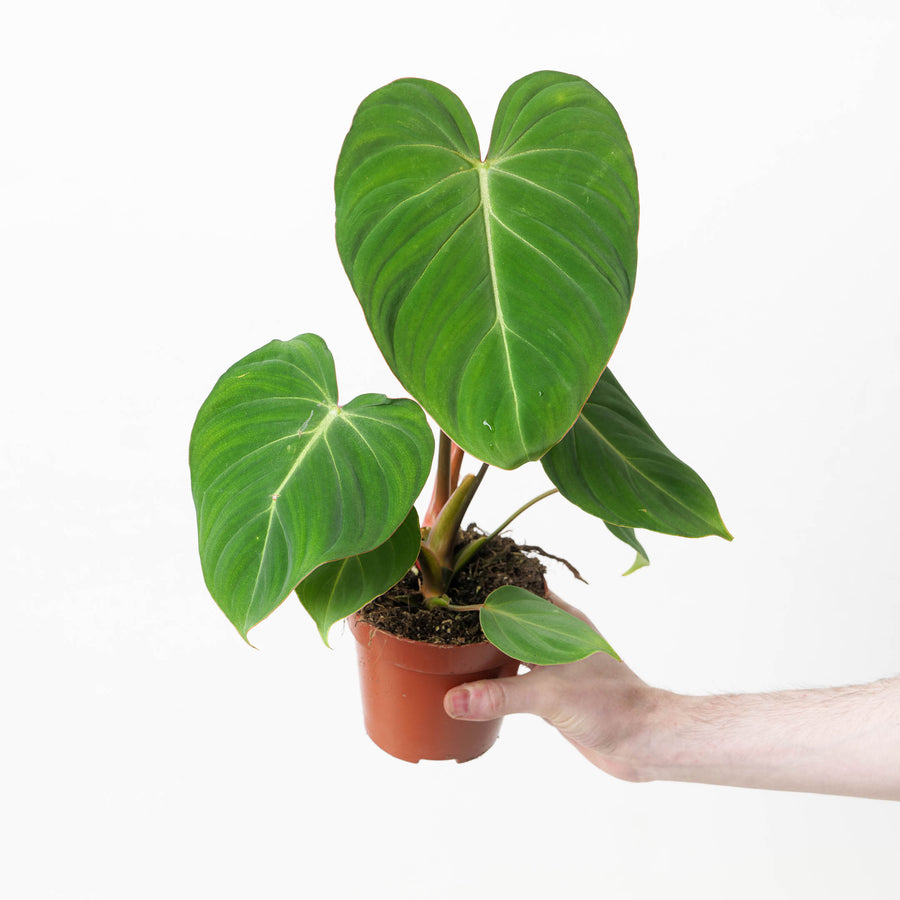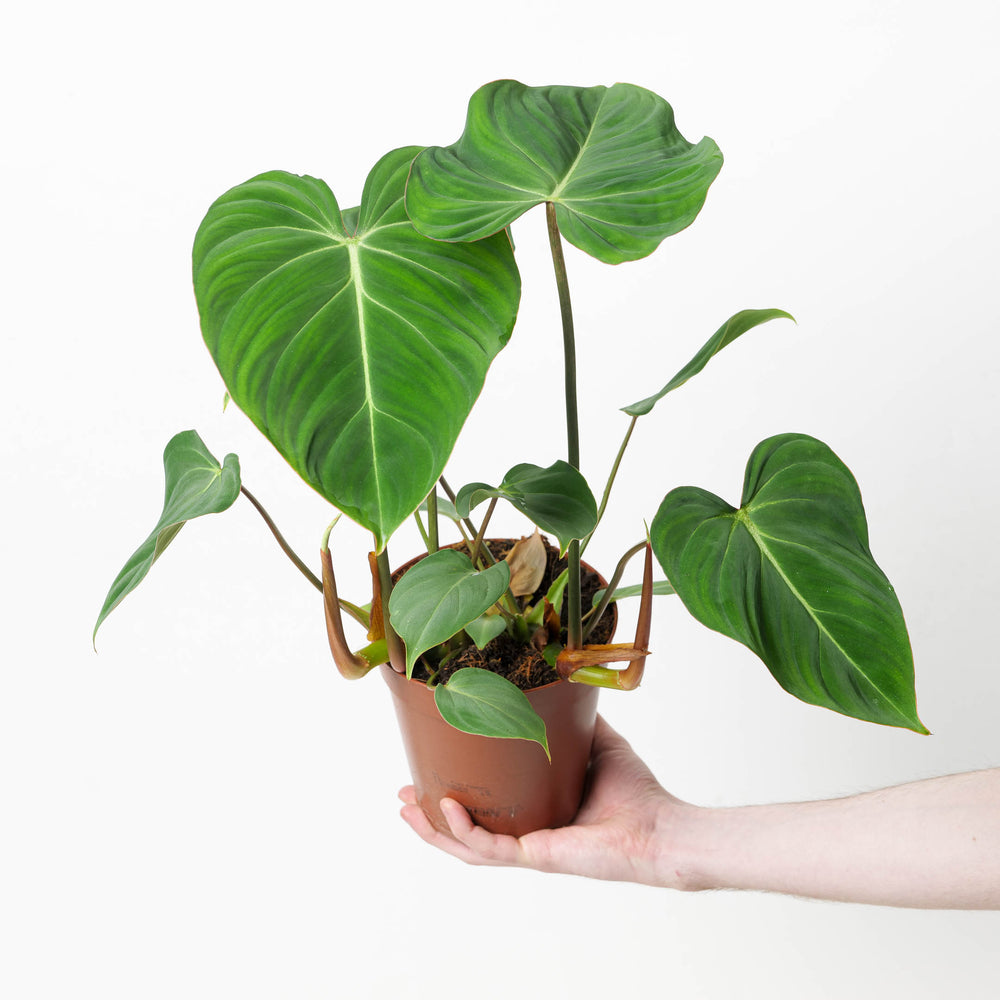Cryptanthus zonatus, commonly known as Earth Star, is a low-growing bromeliad species prized for its striking, textured foliage. Its stiff, rosette-forming leaves are banded with alternating stripes of green and silver-grey, creating a dramatic contrast. The leaves are serrated along the edges, giving them a spiky appearance, but the plant itself remains relatively small, typically spreading to about 30 cm in width. Cryptanthus zonatus grows directly from the ground without a visible stem, and while its flowers are small and inconspicuous, the primary attraction is its foliage.
This plant is ideal for indoor cultivation due to its modest size and preference for low light conditions. As a terrestrial bromeliad, it is quite different from epiphytic varieties that grow on trees, and it thrives in soil rather than air. Its compact size and humidity needs also make it suitable for terrarium setups, especially when grown in a controlled environment.
Native to
Cryptanthus zonatus is native to the rainforests of Brazil, where it grows on the forest floor. In its natural habitat, it thrives in the dappled shade and high humidity of the understory. This helps explain its preference for indirect light and high humidity when grown indoors.
Water
This plant prefers consistently moist but not waterlogged soil. Water thoroughly when the top layer of the substrate feels dry, ensuring that excess water can drain away. As Cryptanthus zonatus has shallow roots, take care not to let it sit in water for prolonged periods, as this can cause root rot.
Light
Cryptanthus zonatus thrives in low to medium indirect light. Avoid exposing it to direct sunlight, as its leaves can scorch under intense light. It can tolerate lower light conditions, but its leaf colouring will be more pronounced when it receives bright, filtered light.
Humidity
High humidity, ideally around 60-80%, is beneficial for Cryptanthus zonatus. This makes it well-suited for terrariums or rooms where a humidifier is in use. If grown in less humid conditions, consider misting the plant regularly to prevent the leaves from drying out.
Temperature
This plant prefers temperatures between 18°C and 26°C, typical of indoor environments. It should be kept away from cold drafts or temperatures below 13°C, as it is sensitive to the cold and can suffer damage if exposed to chilly conditions.








